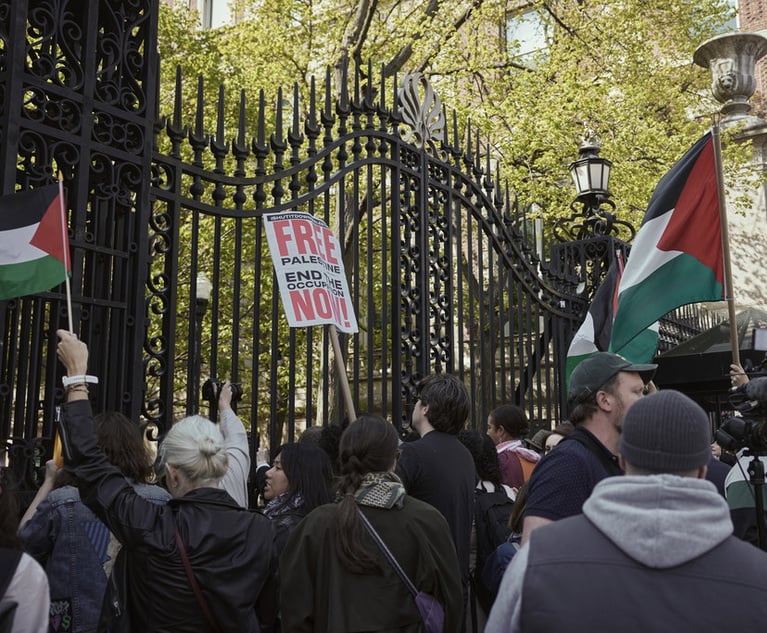Every year, the Department of Emergency Services and Public Protection’s Crimes Analysis Unit compiles a report on hate crimes committed within the state. The report breaks out the number of offenses, incidents and victims associated with race, ethnicity, religion, sexual orientation, disability, gender and gender identity, and identifies each type of hate crime committed, if any, in each of Connecticut’s 169 towns. Roughly ten years of data is tracked in the report, helping Connecticut understand where and against whom hate crimes are committed.
But the data is limited to what is designated as a hate crime, and this is inconsistent at best. Responding law enforcement officers must determine whether a reported incident qualifies as a potential hate crime, and if so, that report is sent for a second-level review. Unfortunately, law enforcement officers are only required to receive a minimal amount of training in identifying and reporting hate crimes. This leads to some officers being unable to properly identify a reported incident as a potential hate crime. Moreover, incidents that ultimately do not quite rise to the level of a crime are lost from the system and do not show up in the annual report.


 Connecticut State Capitol building in Hartford. Photo by Michael Marciano/ALM
Connecticut State Capitol building in Hartford. Photo by Michael Marciano/ALM




